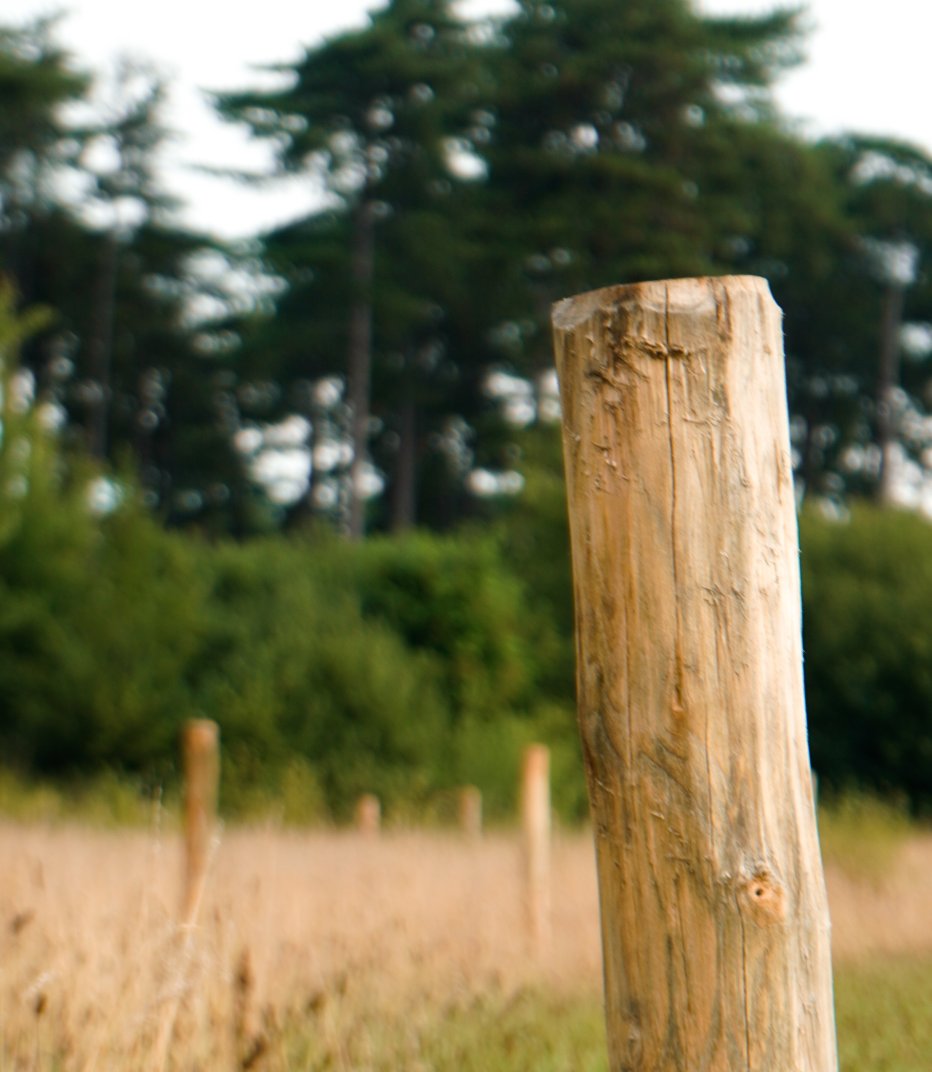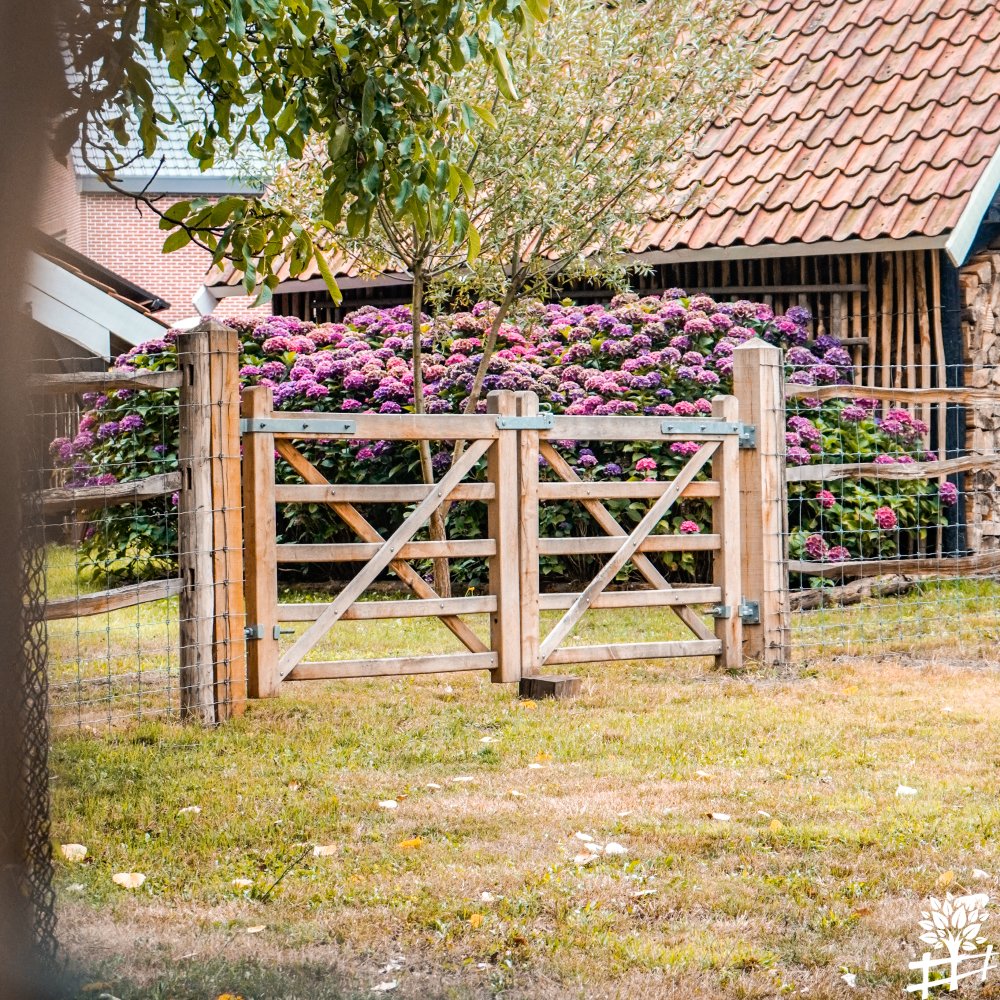What is a durability class?
The durability class indicates how well the heartwood of a wood species can withstand adverse conditions such as damage from fungi and insects when exposed to moisture and weather influences. In other words, it is a measure of the natural lifespan of the wood.
The durability class is determined by placing untreated wood of different types in contact with the ground under the same conditions and then recording how long it takes for the wood to be affected.
There are five durability classes:

Under normal conditions, a wood species in class 1 can last more than 25 years in contact with the ground or outside air, while a wood species in class 5 often deteriorates after less than 5 years. These are, of course, averages. The actual lifespan of the wood material also depends on the actual conditions in which and with which it is installed.
How do I make the right choice for my garden project?
If you want to build a wooden structure that will be in contact with the ground and therefore needs to be resistant to extreme conditions, it is best to choose a wood species from durability class 1 or 2.
Robinia is the hardest of the European wood types and falls into durability class 1. This makes it the most durable wood type and naturally resistant to moisture and weather influences, without the need for treatment.
Chestnut and oak are comparable in terms of durability and fall into durability class 2. This makes them suitable for all your garden projects.
Robinia, chestnut, and oak go perfectly together and all develop a beautiful gray color over time.
Sustainable in the broadest sense
In addition to natural lifespan, it is also important to consider ecological sustainability. This concerns the origin of the wood, certification (such as FSC® or PEFC™), and transport distances. This way, you not only choose wood that lasts a long time, but also wood that has been produced with respect for nature and people.
In short: the sustainability class is a practical guide to choosing the right type of wood for your project. Combine this knowledge with responsible forest management and you will be building in a truly sustainable way, both literally and figuratively.

 Nederlands
Nederlands
 Français
Français
 Deutsch
Deutsch



